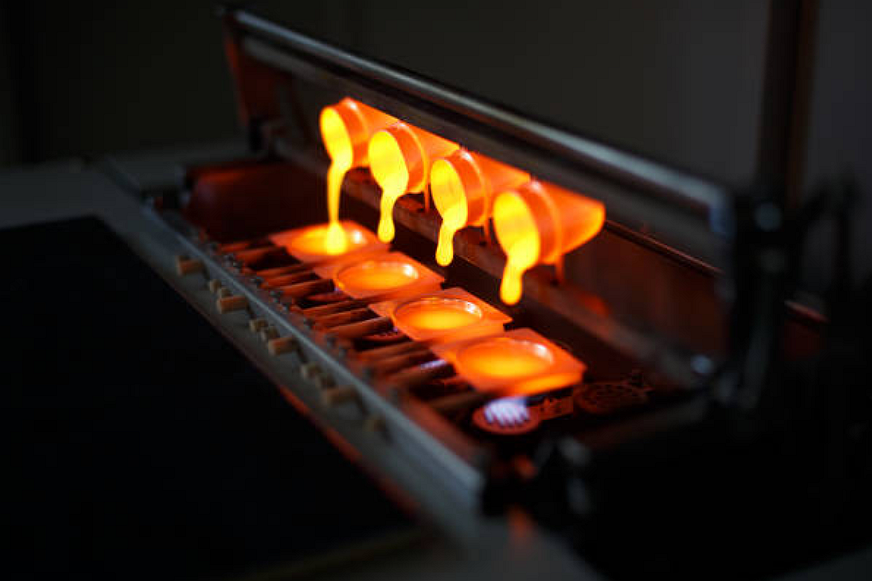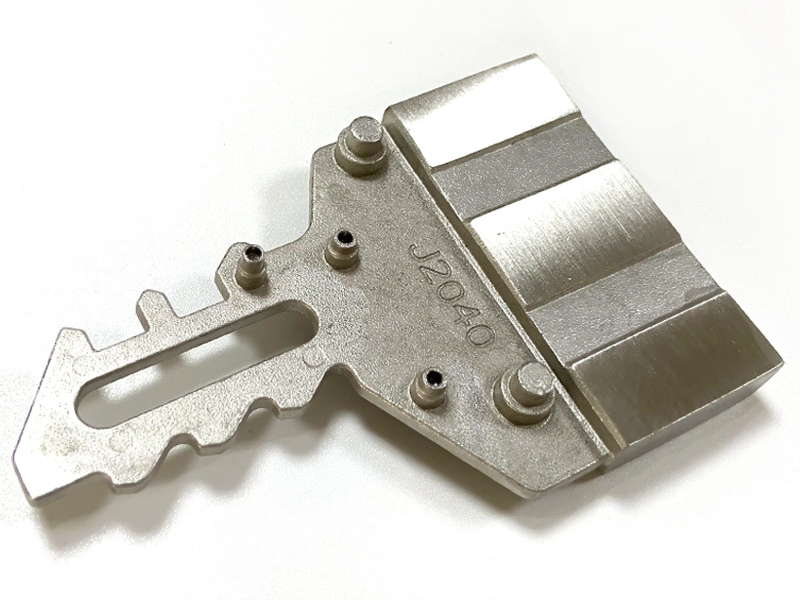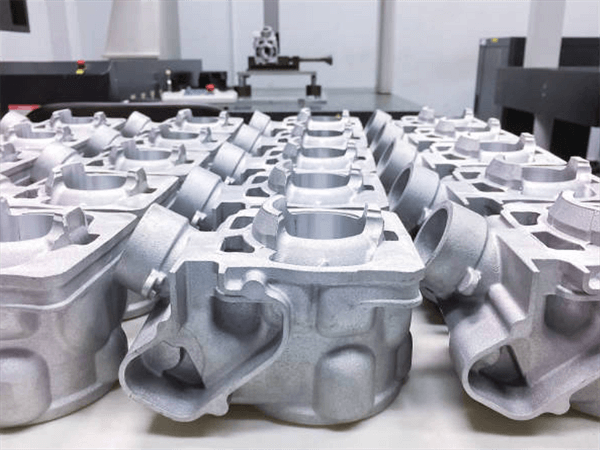What level of precision can gravity casting achieve?
Dimensional Accuracy of Gravity Casting
From an engineering standpoint, gravity casting achieves a strong balance between dimensional precision and production efficiency. Typical tolerances range from ±0.2 mm to ±0.5 mm, depending on part geometry, alloy composition, and mold design. When compared to sand casting, gravity casting delivers significantly tighter control over wall thickness and surface flatness because the molten metal fills the mold cavity under steady, laminar flow. This stability minimizes shrinkage deformation and ensures more consistent results across batches.
Role of Mold Design and Process Control
Precision begins with accurate mold fabrication. Advanced CNC machining prototyping is commonly used to produce high-tolerance molds for aluminum, zinc, or magnesium alloys. Controlled metal temperature and pouring rates further improve reproducibility. By integrating rapid molding prototyping, engineers can validate cavity accuracy before full production. Compared to investment casting, the process requires less post-processing while maintaining comparable precision for medium-complexity geometries.
Surface Finish and Post-Casting Accuracy
Gravity casting naturally provides a finer surface finish than traditional sand processes, typically around Ra 3.2–6.3 μm. For applications demanding enhanced smoothness or appearance, post-treatments such as polishing and PVD coating can be applied to achieve both functional and decorative effects. Heat-based finishing, such as heat treatment, optimizes grain structure and dimensional stability, thereby reducing residual stresses that may affect final tolerances.
Material Impact on Precision Stability
Material choice directly influences dimensional control. Alloys such as A380 aluminum, B390 aluminum, and magnesium alloy solidify uniformly, minimizing warpage. Meanwhile, nickel-based alloy and cast stainless steel maintain thermal stability under demanding environments, ensuring precise fits in high-temperature applications.
Post-Machining and Quality Control Integration
For components requiring extremely tight tolerances or mating features, gravity-cast parts can be post-processed using precision CNC machining. This step enables adjustments with micron-level accuracy, making it ideal for assemblies in sectors such as aerospace, medical devices, and automotive. Additionally, surface conditioning methods like anodizing or sandblasting provide both corrosion protection and dimensional consistency by sealing micro-imperfections.
Balancing Precision with Production Efficiency
Gravity casting offers an optimal combination of geometric accuracy, surface quality, and cost-effectiveness. When coupled with advanced materials, such as copper alloys and refined sheet metal fabrication, this process achieves high repeatability and superior mechanical performance without excessive tooling investment.



